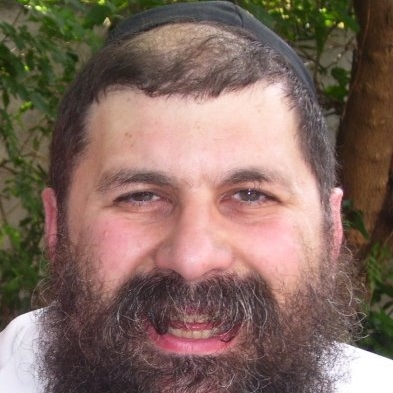click to dowload our latest edition
CLICK HERE TO SUBSCRIBE TO OUR NEWSLETTER


Published
5 years agoon
By
adminRABBI YOSSI CHAIKIN
The venue chosen for this was the Oxford Synagogue, where I have the privilege of serving as rabbi, the largest sanctuary in our country (and if I’m not mistaken, the southern hemisphere). Yet, even the shul’s 1 600 pews proved insufficient to seat the thousands who arrived in solidarity and with the intent of storming the heavens in response to these horrors. The aisles of the shul were filled with standing room only worshippers, and more flowed into the passages. The adjoining Simon Kuper Hall had been set up with speakers so that those unable to get inside would be able to participate. I later found out that hundreds more joined via a hastily installed sound hook-up as well.
The service began with Maariv, which I had the privilege of leading. As I intoned the words “barchu et Hashem” (praise Hashem) the resounding response of the congregation was a powerful, thousand-strong “baruch Hashem” (blessed is Hashem). I had goose bumps, and the feeling was shared by the entire congregation, moved by the power of the massed multitudes.
This time of year, conversations in the Jewish community revolve around which shuls we frequent, and when congregants intend patronising their respective houses of worship. Will it be just on Yom Kippur, or perhaps the first day of Rosh Hashanah as well. An indignant, more religious participant in the discussion will preach the necessity of being at shul for all the high holiday services.
In probability, somebody will then challenge the need to go to shul at all, arguing that one can daven just the same at home and that, in a sense, it’s easier to do so with much less distraction and greater piece of mind. Then, there are those who “don’t do crowds”, generally shunning mass events because of a reclusive personality or genuine agoraphobia.
Is it really so important to daven in shul? Can G-d not be reached everywhere?
To answer these questions, we need to take a step back. What, in fact, is prayer? It’s an acknowledgement that Hashem is the source of all blessing, and that it’s to Him that we turn in times of need. While it’s true that He hears our entreaties from everywhere, the response to our request is far more likely to be positive if made as a community. Simply put, He hears the individual’s plea, but may answer “no”. However, a communal plea is not so easily rejected.
Furthermore, the mere presence of a minyan (prayer quorum of ten men), or more, gathered in one place brings down the divine presence (shechina). We are all familiar with the halacha that some sections of our siddur are recited only within the quorum of ten. But the larger the gathering, the greater the level of shechina attained.
Thus, when three or more have broken bread together, grace after meals is preceded by a formal zimun (invitation), with the leader suggesting to his meal mates, “Nevarech sheachalnu misehlo,” (“Let us bless our G-d, He of whose we have eaten.”) But If 10 or more have gathered, the zimun formula is upgraded to include Hashem’s name – “Nevarech l’Elokeinu”. Less known is the minority opinion of Reb Yose the Galilean, which states that the zimun is further enhanced after meals eaten by a gathering of 100, 1 000, or 10 000. In the latter case, the invitation is made, “Let us bless G-d, our G-d, G-d of Israel, G-d of the legions, who dwells above the keruvim [angels] for the food that we have eaten.” Although this isn’t accepted practice, his principle remains valid: the more souls gathered in one place, the more shechina is perceived. It may explain and even validate why many habitual shtiebel (small shul) dwellers choose to attend a larger synagogue for the yamim tovim.
While the peace and quiet of one’s own home might feel appropriate, there remains an inherent sanctity in a dedicated house of prayer. During designated services, the aura in a shul lends itself to better liturgical expression, particularly when led by the melodious voice of a good chazan, accompanied by a choir, and interspersed with meaningful sermons by a capable orator.
But a Beit Knesset remains holy even when no actual service is taking place. On occasion, I have entered Oxford’s magnificent main shul for a private prayer of my own, to encounter other pop-in visitors who were there to talk to Him briefly in His home.
One Yom Kippur, a few years ago, towards the end of Neila, I noticed a visitor standing in the passage, holding the door slightly ajar but not coming in. I approached him to invite him to join us, but he refused, claiming that he was unworthy of the privilege of being inside a holy sanctuary on the holy day. He had merely come to remain on the outskirts of the shul, to be near the house of G‑d, and to hear the sound of the shofar at the conclusion of the holiest of all days.
Shana tova, and remember to visit the one who inscribes us in the Book of Life in one of His many homes over the upcoming yomim tovim. There is one near you.
